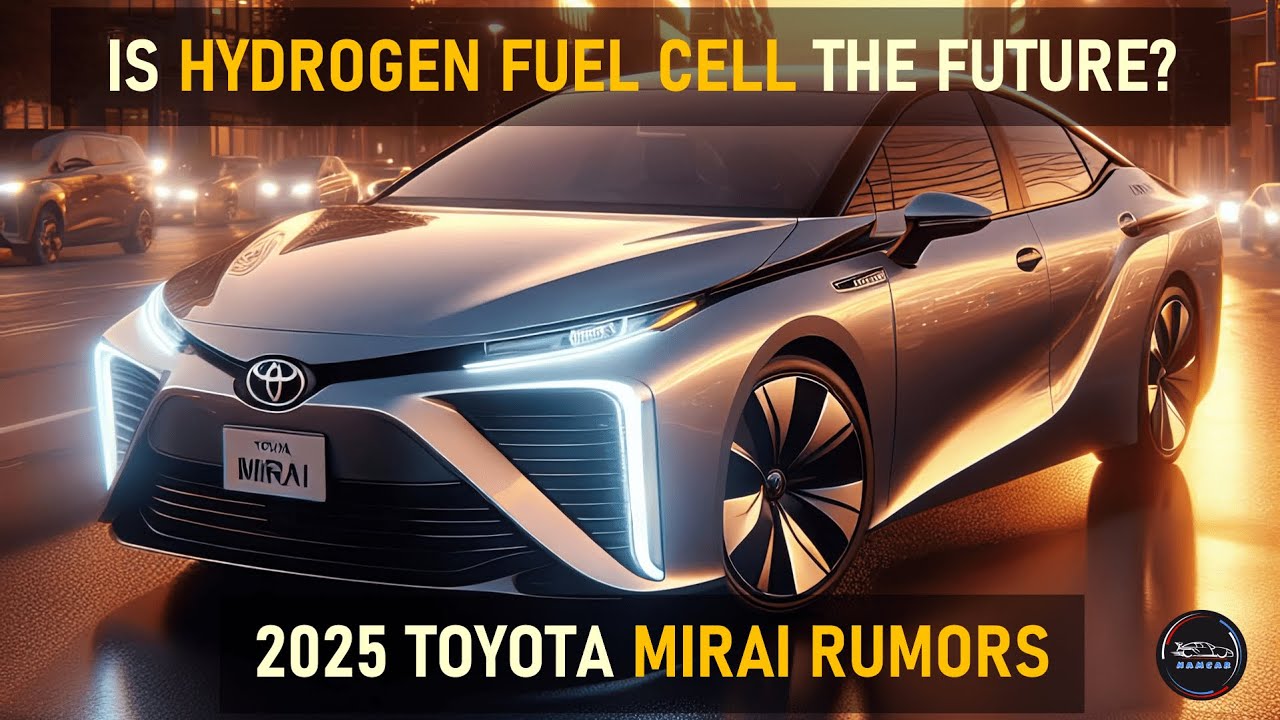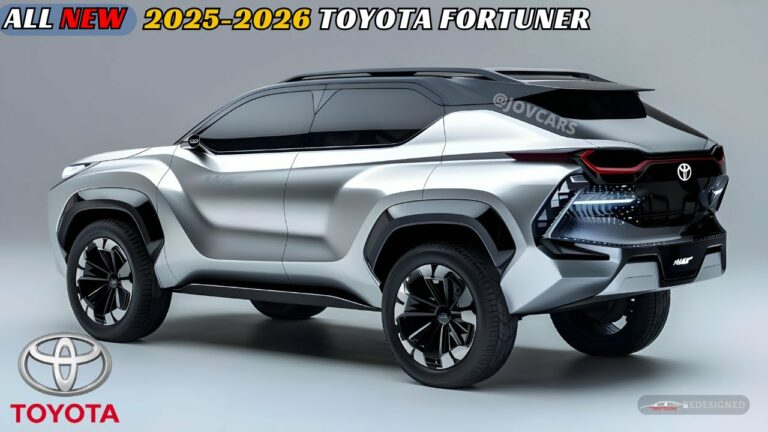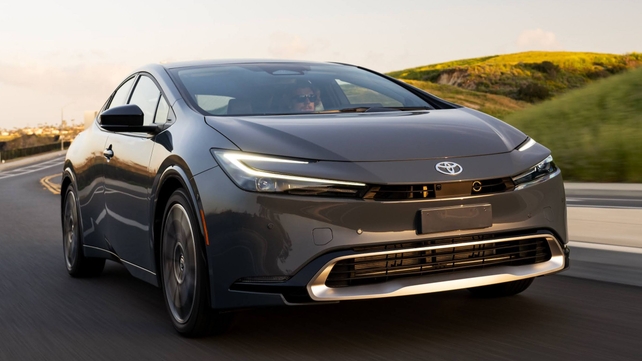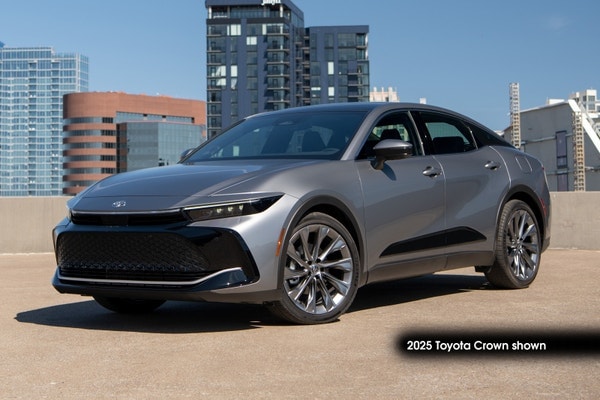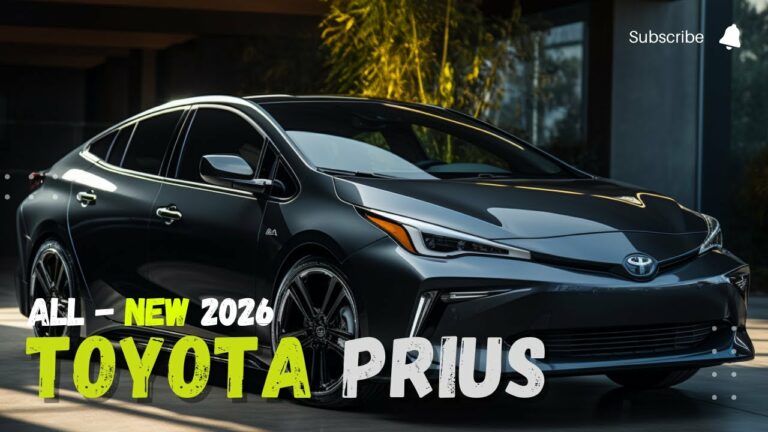2026 Toyota Mirai Release Date
Environmental Impact

The 2026 Toyota Mirai boasts exceptional environmental benefits, aligning with the growing demand for sustainable transportation solutions. Its hydrogen-powered fuel cell technology sets it apart, offering a clean and efficient alternative to fossil fuels.
The Mirai’s emission-free operation eliminates harmful pollutants like carbon monoxide, nitrogen oxides, and particulate matter. By relying on hydrogen and oxygen as its fuel source, it produces only water vapor as a byproduct. This significantly reduces greenhouse gas emissions, contributing to cleaner air and mitigating the impact on climate change.
Promoting Sustainable Transportation
The Mirai actively promotes sustainable transportation by reducing the dependence on non-renewable fossil fuels. Hydrogen can be produced from various sources, including renewable energy sources like solar and wind power. This creates a closed-loop system where the Mirai’s emissions are offset by the clean production of hydrogen.
By encouraging the adoption of hydrogen-powered vehicles, the Mirai supports the transition towards a more sustainable transportation sector. It reduces the environmental impact of personal mobility and sets a positive example for other automakers to follow.
Comparison to Competitors

The 2026 Toyota Mirai is expected to face competition from several other hydrogen fuel cell vehicles, as well as from battery-electric vehicles.
Key Features and Specifications
The following table compares the key features and specifications of the 2026 Toyota Mirai to its main competitors:
| Feature | Toyota Mirai | Hyundai Nexo | Honda Clarity |
|—|—|—|—|
| Fuel type | Hydrogen | Hydrogen | Hydrogen |
| Powertrain | Electric motor powered by hydrogen fuel cell | Electric motor powered by hydrogen fuel cell | Electric motor powered by hydrogen fuel cell |
| Range (miles) | 402 | 380 | 360 |
| Refueling time (minutes) | 3-5 | 5-7 | 3-5 |
| Price (MSRP) | $49,500 | $59,350 | $44,450 |
Advantages and Disadvantages
Each of these vehicles has its own unique advantages and disadvantages. The Toyota Mirai has the longest range of the three vehicles, and it is also the most affordable. However, the Hyundai Nexo has a more powerful powertrain and a shorter refueling time. The Honda Clarity is the least expensive of the three vehicles, but it also has the shortest range.
Ultimately, the best vehicle for you will depend on your individual needs and preferences. If you are looking for a long-range hydrogen fuel cell vehicle, the Toyota Mirai is a good option. If you are looking for a more powerful hydrogen fuel cell vehicle, the Hyundai Nexo is a good choice. If you are looking for an affordable hydrogen fuel cell vehicle, the Honda Clarity is a good option.
FAQs
When is the expected release date of the 2026 Toyota Mirai?
Toyota has not yet officially announced the release date for the 2026 Mirai, but it is anticipated to be sometime in 2026.
What technological advancements can we expect in the 2026 Toyota Mirai?
The 2026 Mirai is expected to feature a more powerful fuel cell stack, an extended driving range, and improved hydrogen storage capacity.
How does the design of the 2026 Toyota Mirai differ from previous models?
The 2026 Mirai is expected to have a more aerodynamic and futuristic design, with a spacious and comfortable interior.
What performance specifications can we expect from the 2026 Toyota Mirai?
The 2026 Mirai is expected to have a higher horsepower and torque output, as well as improved acceleration and top speed.
Who is the target market for the 2026 Toyota Mirai?
The 2026 Mirai is targeted towards environmentally conscious drivers who seek a combination of performance, efficiency, and sustainability.
What is the expected pricing range for the 2026 Toyota Mirai?
The pricing range for the 2026 Mirai has not yet been announced by Toyota.
What environmental benefits does the 2026 Toyota Mirai offer?
The 2026 Mirai produces zero tailpipe emissions, making it an environmentally friendly alternative to gasoline-powered vehicles.
